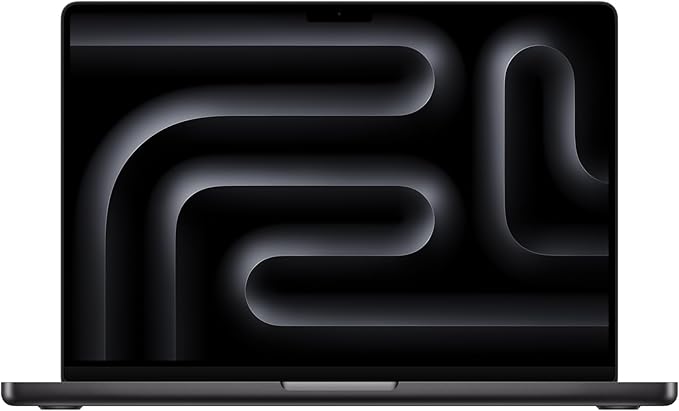The Ultimate Guide to 3ds Max & V-Ray Laptops
An interactive analysis of the best mobile workstations for 3D rendering in 2025. Cut through the noise and find the perfect machine to accelerate your creative workflow, backed by data.
The Verdict: Tailored Recommendations
The “best” laptop is not one-size-fits-all. Your ideal machine depends on your unique priorities: raw power, portability, value, or enterprise stability. Here are our top picks for every type of 3D professional.
The 2025 Contenders
Explore the top-performing laptops for 3ds Max and V-Ray. Use the filters to find the machine that best fits your workflow, whether you prioritize peak performance, portability, or professional-grade reliability.
The Gauntlet: Benchmark Showdown
Specification sheets only tell part of the story. Here’s how these machines stack up in industry-standard rendering and processing benchmarks, providing a clear, data-driven look at their real-world performance.
V-Ray 6 GPU Rendering Performance
Cinebench 2024 CPU Performance
Component Guide: What Really Matters
Selecting the right laptop is a science of balancing competing hardware demands. This guide breaks down the most critical components for a 3ds Max and V-Ray workflow, helping you understand the ‘why’ behind the recommendations.
The CPU Conundrum: Frequency vs. Cores
The CPU’s role is split. For modeling and viewport interaction in 3ds Max, high single-core frequency (GHz) is king for a fluid experience. For CPU rendering, more cores mean faster results. The best CPU is a compromise, balancing both needs.
Crucial for smooth modeling, sculpting, and animation.
Directly translates to faster CPU rendering times.
The GPU Imperative: VRAM is King
For GPU rendering with V-Ray, NVIDIA is the only choice due to its CUDA platform. The single most critical factor is VRAM capacity. Your entire scene (geometry, textures) must fit into the GPU’s VRAM. If it doesn’t, the render will fail or become incredibly slow. More VRAM is a hard requirement for complex scenes.
Risk Mitigation:
A GPU with more VRAM is a safer, more future-proof investment than a slightly faster GPU with less VRAM.
System RAM: Beyond the Minimums
Official minimums (4-8GB) are irrelevant for professional work. Real-world performance demands much more to handle complex scenes and multitask effectively. There’s also a direct relationship between System RAM and GPU VRAM.
-
32GB
The functional minimum for moderate scenes and smooth multitasking.
-
64GB
The recommended standard for serious architectural visualization and large, high-texture projects.
Guideline from Chaos (V-Ray developer): System RAM should be at least double your GPU’s VRAM.
The Need for Speed: NVMe SSDs
High-speed storage is non-negotiable. Massive scene files and texture libraries will bring traditional hard drives to a crawl. Fast NVMe SSDs are essential for slashing load times and keeping the system responsive.
Ideal Configuration:
A primary NVMe SSD (at least 1TB) for your OS and applications, with a second high-speed NVMe drive dedicated to active projects and asset libraries.
Frequently Asked Questions
The best laptop for 3ds Max depends on your needs, but for top recommendations, check: https://engineeringlaptops.com/best-laptops-for-3ds-max/
The best laptop for 3D rendering should have a powerful CPU, high-end GPU, and plenty of RAM. Check out the top options here: https://engineeringlaptops.com/best-laptops-for-3ds-max-vray-rendering/
The best computer for V-Ray rendering has a powerful multi-core CPU (like AMD Threadripper), a high-end GPU (such as NVIDIA RTX 4090), plenty of RAM (at least 64GB), and fast SSD storage.
The best laptop for BIM is one with a powerful CPU, at least 16GB RAM, and a dedicated GPU like the NVIDIA RTX series for smooth 3D modeling and rendering.











